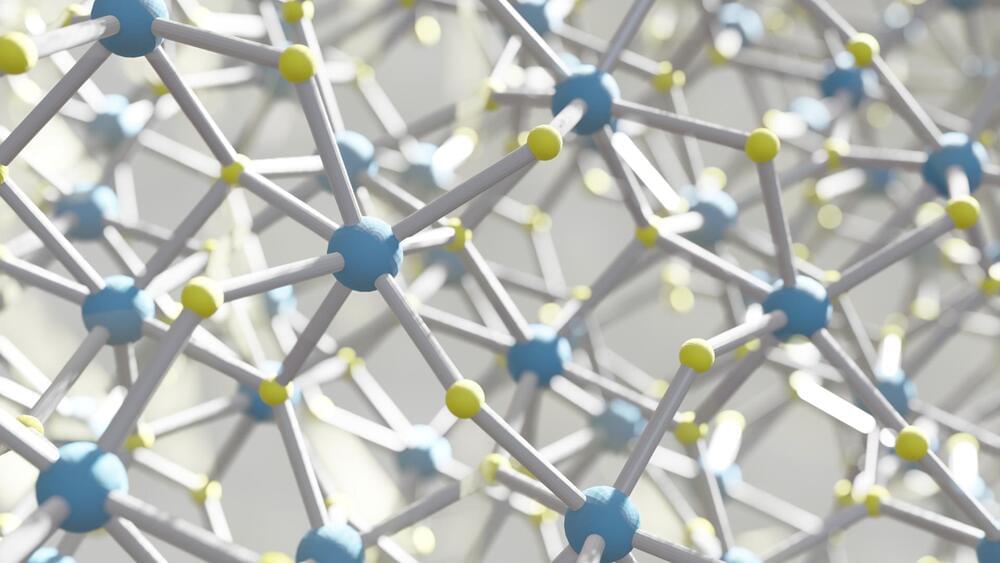For the past decade, researchers have been exploring hafnia’s ferroelectric properties, particularly in a crystal phase where it exhibits electric polarization.
To revolutionize high-performance computing, scientists and engineers are making strides in harnessing the potential of hafnium oxide, commonly known as hafnia. The latest study outlines processes for manipulating hafnia, aiming to pave the way for the next generation of computing memory.
For the past decade, researchers have explored hafnia’s ferroelectric properties, particularly in a crystal phase exhibiting electric polarization.
“Hafnia is a very exciting material because of its practical applications in computer technology, especially for data storage,” explained Singh, an assistant professor in the Department of Mechanical Engineering at the University of Rochester, in a press release. Unlike current magnetic forms of memory that are slow, energy-intensive, and inefficient, ferroelectric memory offers non-volatility, retaining values even when powered off.
